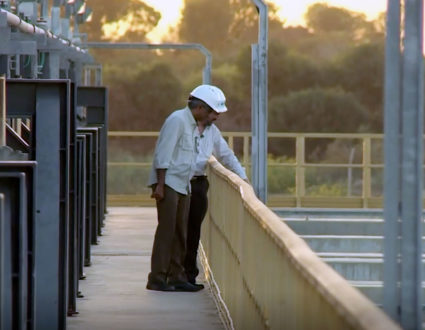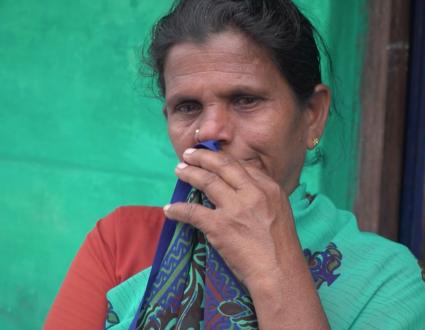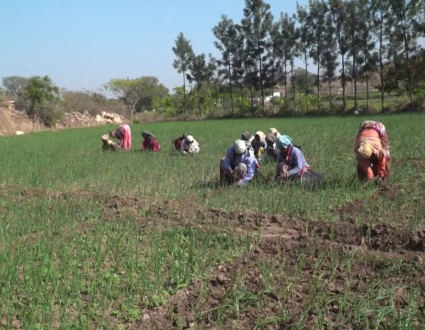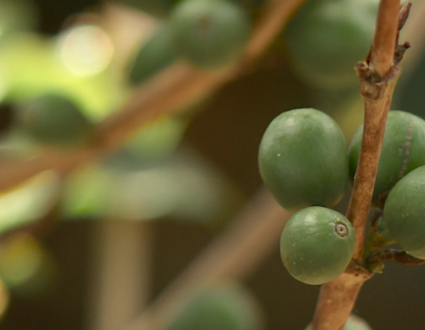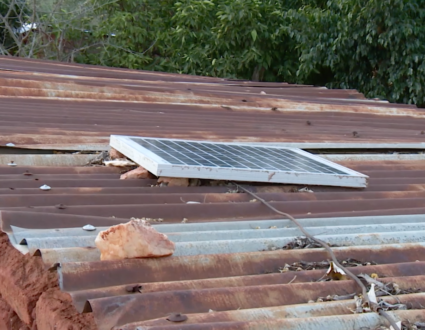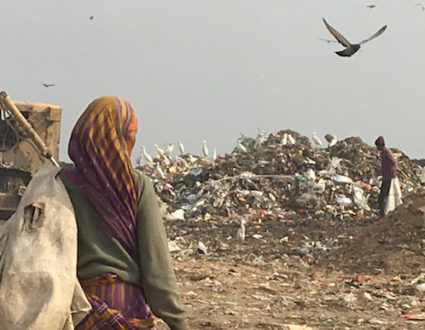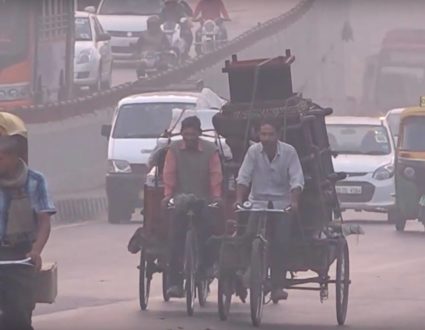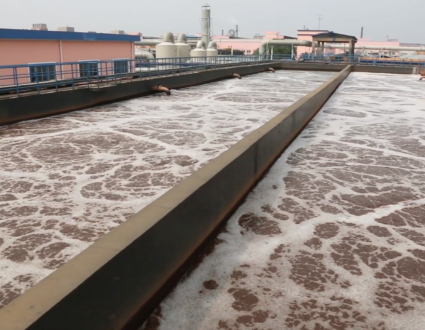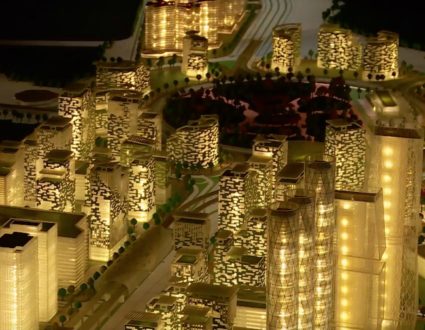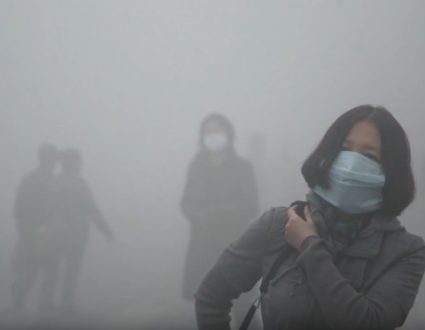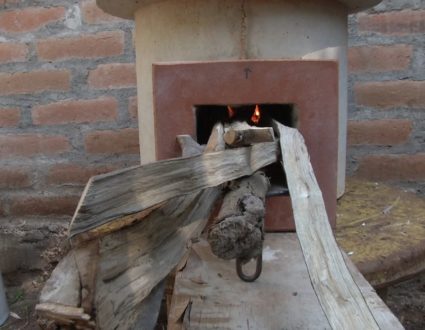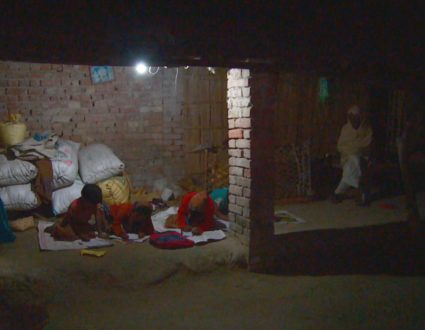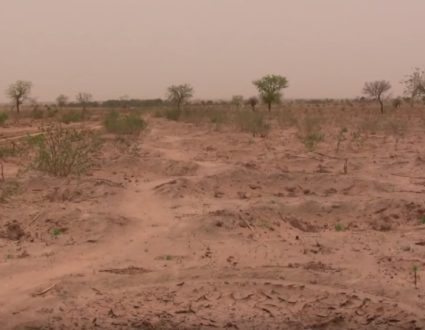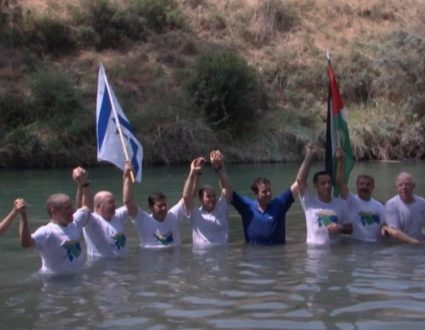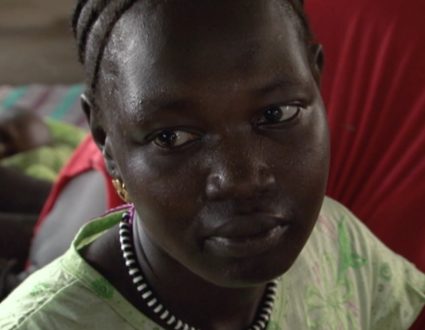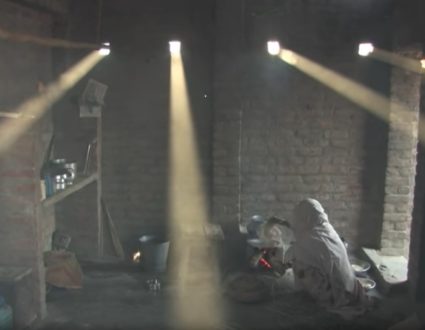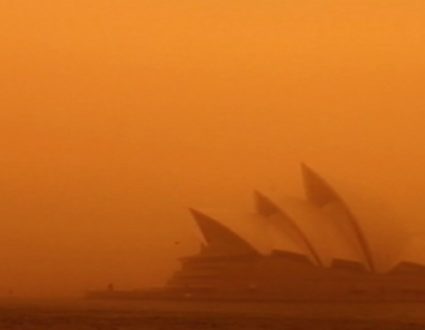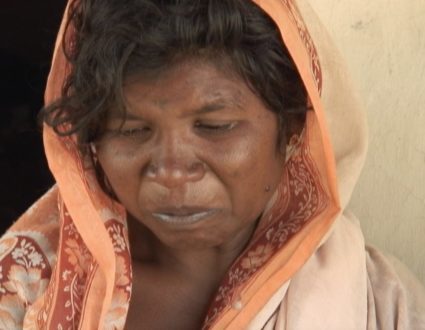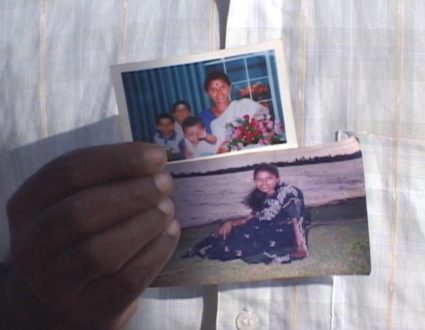- Judy Woodruff:Research published last year in the journal of “Scientific Reports” shows the massive Himalayan glaciers have shrunk 10 times faster over the past four decades than during the previous seven centuries. This threatens agriculture and the water supply for millions of people across South Asia.Fred de Sam Lazaro reports on one project that’s aimed at blunting the environmental impact, at least for some communities high in the Himalayas.It’s part of Fred’s series Agents For Change and it’s produced in partnership with the Pulitzer Center.
- Fred de Sam Lazaro:It is spring planting time in India’s Ladakh region, tough rocky terrain plowed by farmers and the beasts they coax forward in song, a cross-species between oxen and yaks.This group of families tilling the land are among a dwindling rural population along this 300-mile stretch of the Tibetan Plateau some 13,000 feet above sea level. All around them are terraced fields that were once cultivated, their neighbors having migrated in recent years to cities in search of work, driven increasingly by unpredictable weather.Water is an ever-present worry, says 42-year-old Jigmat Chozeng.
- Jigmat Chozeng, Farmer (through translator):The water comes from that glacier. It has to be divided among many people. It was not reaching us down here.
- Fred de Sam Lazaro:This mountainous region is one of the driest places on Earth. Historically, rainfall averages just three inches per year. People here have depended on water trickling down from mountain glaciers. But, in recent decades, those glaciers have been shrinking and weather patterns have become erratic. Many scientists predict that those glaciers could disappear altogether by the end of this century.
- Sonam Wangchuk, Educator/Environmentalist:We are the first victims at the frontier.
- Fred de Sam Lazaro:Sonam Wangchuk, a local educator and environmentalist, came up with one solution called ice stupas that provide water in early spring.
- Sonam Wangchuk:Some would call it artificial baby glaciers.
- Fred de Sam Lazaro:In May, he took me up to see one of these structures named for their resemblance to the Buddhist monuments that dot the landscape. It’s not so much about a shortage of water, he says. It’s about controlling when it flows.
- Sonam Wangchuk:There’s not enough when you need it. There’s too much when you don’t. So it’s an issue of optimization.Solid ice.
- Fred de Sam Lazaro:About nine years ago, Wangchuk and his students came up with the idea to store water by freezing it during the cold months. Their first challenge, to keep it frozen and slow the pace at which it would normally melt, a problem solved by the conical stupa shape built on a foundation of brush and branches to help freeze the water more quickly.
- Sonam Wangchuk:These shapes have low surface area. It means the sun doesn’t get enough surface area to melt it. We’re sort of cheating the sun.So, suppose there is a mountain range like we are in.
- Fred de Sam Lazaro:Wangchuk is an engineer by training, but says this is not rocket science, no pumps, no electric power, just basic physics and geometry.
- Sonam Wangchuk:So, upstream somewhere here, you put a pipe, and then bring it downstream to where you need. When water enters this pipe, it goes down and wants to go up and up and up to this level. Then it splashes the water in the air.And, that way, it falls down and freezes.
- Fred de Sam Lazaro:He says the stupas can reach heights of up to 160 feet and store several million gallons of water. Starting in April and May, it begins to melt, swelling the streams, irrigating farms and helping green the dry landscape.
- Jigmat Chozeng (through translator):After the ice stupa was placed here three years ago, everyone gets equal water. It’s good for the crops.
- Fred de Sam Lazaro:Are you living happily ever after in this area in terms of the glaciers disappearing?
- Sonam Wangchuk:Not at all. We consider these very humble, insignificant tweakings compared to what we are going to face.
- Fred de Sam Lazaro:They are a short-term solution, he says. And the lack of reliable water supply is not the only problem caused by climate change. Glacial water is being replaced by rain falling over land that cannot absorb it fast enough with disastrous consequences.
- Sonam Wangchuk:2006, there was a big flash flood. And I asked the casual elderly man, when did you see last time such a devastating flash flood? He said, I don’t remember, not in my lifetime.And you know what? The next one was in 2010, and with much more fierce devastation. The next after that was 2012, 2015, 2017.
- Fred de Sam Lazaro:The 2010 cloudburst alone brought 14 inches in two hours, killing more than 200 people and causing widespread damage.
- Sonam Wangchuk:We need to think of even the years-after glaciers. And to prepare for that, we need to sow seeds today, and which is what we have gathered here today for.
- Fred de Sam Lazaro:Wangchuk has helped spearhead an effort to plant indigenous trees to help contain flooding.The implications of climate change patterns spread far beyond these mountains, which are the source of the Indus, Ganges and Brahmaputra river systems that support the livelihood of some 129 million farmers across of region of nearly a billion people. The future will be marked by uncertainty, says water expert Himanshu Thakkar.Himanshu Thakkar, South Asia Network on Dams, Rivers and People: There are times when there is suddenly heavy rainfall or snowfall, and then there are other times when there is much drier periods, longer drier periods.We don’t know whether the higher rainfall will compensate the glacier melted, to what extent it will do. So, it really depends. So, these are big question marks. To what extent the water flow will reduce?
- Fred de Sam Lazaro:The anxiety over water flow has even fueled some resistance to the ice stupas.Tsering Mutup, leader in the village of Phey, got authorities to stop one greening project that would have been fed by a stupa, complaining that the water diversion would come at the expense of his community, which is further down the mountain.
- Tsering Mutup, Phey Village Leader (through translator):These trees would grow big taking the water in June and July, and our firms would be dry. It would have been very difficult for the villages below.
- Sonam Wangchuk:So, whenever there is a diversion, there is resistance. But the only problem is that, in this case, the diversion happens in winter, when nobody uses water.But it will take some time for people to get used to the idea that it is only to keep it reserved for summer, so they can get more.
- Fred de Sam Lazaro:And it’s not just people here who must embrace new ideas, he adds.
- Sonam Wangchuk:The bigger solution is in the hands of people perhaps watching this show, whose lifestyle in big cities like New York or New Delhi is causing climate change.Our call should become an SOS call for the bigger world out there. It’s because of their activities that we suffer, for no fault of ours.
- Fred De Sam Lazaro:He invokes a plea once used by Mahatma Gandhi. Live simply, Wangchuk says, so we may simply live.For the “PBS NewsHour,” I’m Fred de Sam Lazaro in Ladakh, India.
- Judy Woodruff:And you heard it, an SOS call to all of us right here.Fred’s reporting is a partnership with the Under-Told Stories Project at the University of St. Thomas in Minnesota.
An SOS to the world
Millions at risk
Research published last year in the journal of “Scientific Reports” shows the massive Himalayan glaciers have shrunk 10 times faster over the past four decades than during the previous seven centuries. This threatens agriculture and the water supply for millions of people across South Asia.
one of the driest places on Earth
Historically, rainfall averages just three inches per year, but weather patterns have become erratic

Shrinking glaciers
Many scientists predict the Himalayan glaciers could disappear altogether by the end of this century.
Ice and Innovation
Sonam Wangchuk, a local educator and environmentalist, came up with one solution called ice stupas that provide water in early spring.


A short term solution
The ice stupas can reach heights of up to 160 feet and store several million gallons of water.

“THE BIGGER SOLUTION
is in the hands of people perhaps watching this show, whose lifestyle in big cities like New York or New Delhi is causing climate change.Our call should become an SOS call for the bigger world out there. It’s because of their activities that we suffer, for no fault of ours.”
Sonam Wangchuk
























